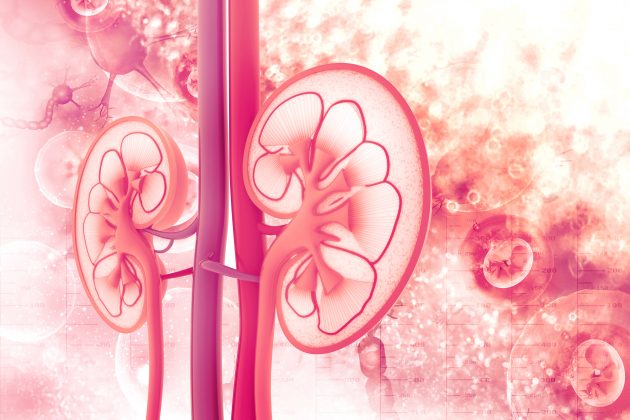Following successful pilot trials of transplanting organs from hepatitis C virus (HCV) viremic donors into HCV-negative recipients, there has been an expansion of the practice. Direct-acting antiviral (DAA) therapies are costly, creating barriers to insurance coverage approvals, particularly in transplantation from HCV positive donors to HCV-negative recipients, due in part to off-label treatment of acute HCV following intentional HCV transmission.
There are few data available on whether there are socio-demographic disparities with respect to access to HCV positive donor organs among HCV-negative patients. T. Nguyen and colleagues conducted an analysis using data from the Organ Procurement and Transplantation Network and the United Network for Organ Sharing from January 1, 2017, to June 30, 2019. Results were reported during the virtual American Transplant Congress 2020 in a presentation titled Socio-Demographic Disparities in Access to Organs from HCV-Viremic Donors among HCV-Negative Patients.
The analysis included kidney, liver, heart, and/or lung transplant recipients at centers that performed ten or more HCV positive donor/HCV negative recipient transplants of the organ type. States’ Medicaid policies were categorized as grades A to F, according to ratings from the Center for Health Law and Policy Innovation of Harvard Law School and the National Viral Hepatitis Roundtable. Under-represented minorities were defined as Hispanic and Black patients.
Evaluation of factors associated with receiving an HCV donor-negative/HCV recipient-positive transplant utilized multivariable mixed effects logistic regression models (center as random effect). Marginal standardization was used to predict the standardized proportion of HCV donor-positive/HCV recipient-negative transplants within insurance and state subgroups standardized with respect to the distribution of all other covariates.
During the study period, 29 transplant centers performed 10 or more HCV donor-positive/HCV donor-negative transplants of one organ type. In multivariable mixed effects models, women (odds ratio [OR], 0.70; 95% confidence interval [CI], 0.61-0.80; P<.001) and under-represented minorities (OR, 0.80; 95% CI, 0.69-0.92; P=.003) were significantly less likely to receive an HCV donor-positive/HCV recipient-negative transplant. Patients with an education level of grade school or less were also significantly less likely to receive an HCV donor-positive/HCV recipient-negative transplant (OR, 0.55; 95% CI, 0.39-0.79; P=.001), compared with college-educated transplant recipients.
There was significant interaction with Medicaid insurance and state HCV Medicaid grade (P=.01): Medicaid insurance was only associated with a lower probability of receiving an HCV donor-positive/HCV donor-negative transplant in HCV Medicaid-restricted states.
In conclusion, the researchers said, “Women, under-represented minorities, patients with the least educational attainment, and Medicaid-insured patients living in HCV Medicaid-restricted states have less access to transplantation from HCV-viremic donors. Understanding the individual factors and public policies that contribute to the disparities in the transplant waitlist can aid in optimizing fair distribution of these limited resources.”
Source: Nguyen T, William W, Sise M, Reese P, Goldberg D. Socio-demographic disparities in access to organs from HCV-viremic donors among HCV-negative patients. Abstract of a presentation at the virtual American Transplant Congress 2020 (Abstract 485), May 30, 2020.
Credit: Original article published here.









